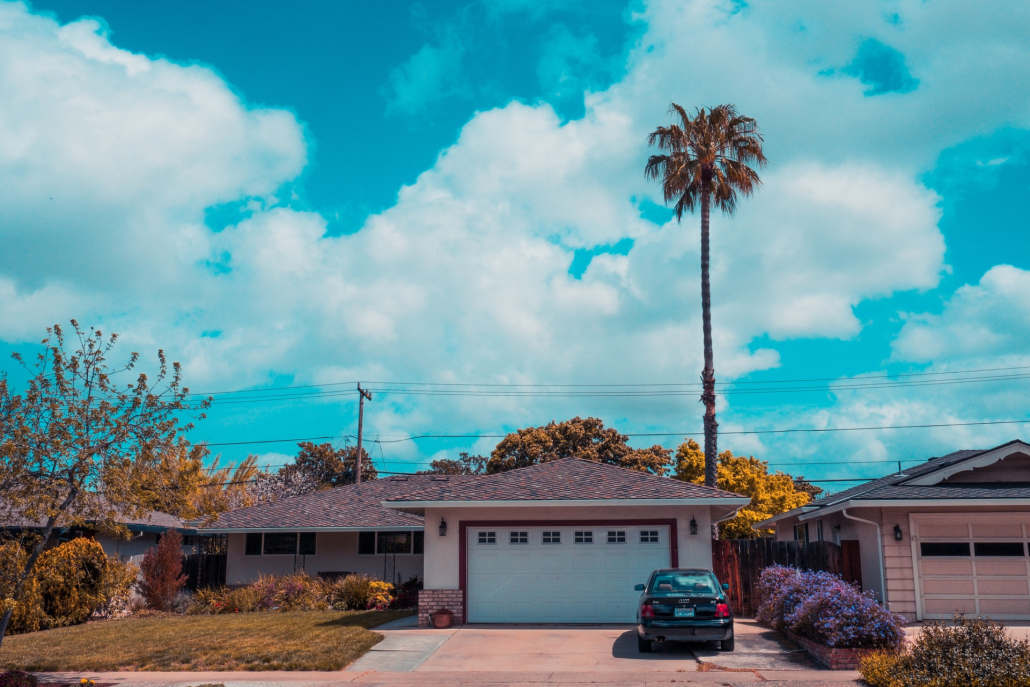Pros and Cons of Selling Your Home As-Is
Pros and Cons of Selling Your Home As-Is
 While browsing through the borderless ocean of online real-estate articles, you might’ve stumbled upon a topic concerned with selling your home as-is. If that’s so, this one will clear things up for you. However, if that’s not the case and you don’t have a single clue about what those words stand for, you’ll want to know the exact meaning of this type of sale and the pros and cons of such an action!
While browsing through the borderless ocean of online real-estate articles, you might’ve stumbled upon a topic concerned with selling your home as-is. If that’s so, this one will clear things up for you. However, if that’s not the case and you don’t have a single clue about what those words stand for, you’ll want to know the exact meaning of this type of sale and the pros and cons of such an action!
What’s the deal?
Let’s get one thing out of the way: what does it mean exactly to sell a home as-is? It means your home will be sold in its current condition. The issues the buyer might stumble upon during the home inspection aren’t to be repaired by the seller (you). This, of course, shouldn’t mean you’re somehow exempt from disclosures, though. If you choose to keep your mouth shut about some issues about items that appear on your disclosure form (different countries/states treat it differently), you’re doing something unlawful.
As-is means that the buyers are purchasing the place in its current condition. Still, that doesn’t mean you’re exempt from disclosures.

Pro: The cost of repairs
If you can’t cover the costs of repairing specific issues around your soon-to-be ex-home (not all of them are costly, though), selling your place as-is might be the ideal thing to do. However, there’s something else we need to mention. An experienced realtor will probably offer you a couple of other solutions that you haven’t considered. Experts note that if there’s a potentially better option than selling your home as-is – you should definitely go for it. Of course, it all depends on the current state of your real estate market.
Pro: You’ve never lived there?
For instance, if you’ve never lived inside the home you’re planning to sell, an as-is sale might look like a good enough idea. Selling your place without having to deal with renovations or worrying about the upcoming home inspections could look downright attractive. However, as we’ve already said, you can’t avoid making disclosures – if you’re aware that the roof’s leaking, you’ll have to disclose the issue.
Pro: Got no time to waste?
Financial issues can be a drag. They can sometimes push you in a direction that you’d rather avoid otherwise. Anyway, if you’re looking to earn some money fast by selling your home, choosing the as-is option might be just the thing. Repairs can prolong themselves for this or that reason, and you don’t have time to waste. Also, the thing is that homes in need of renovation are very appealing to many real estate investors who flip properties. They are mostly cash buyers, which signals that they can close in on the deal within weeks or even – days. Of course, it’s doubtful you’ll get anywhere near the total value of your soon-to-be ex-home. However, you’ll avoid the strenuous waiting-for-the-right-buyer issue.
Pros: Skipping the neverending negotiations
One can assume the negotiation process of selling a house can get frustrating. By offering your home as-is, you’ll speed up the whole ordeal. Additionally, you won’t have to bug your brain about receiving a list of repairs after the home inspection, which you’d, otherwise, have to address. There are no doubts about whether or not the home inspection will find some problems (it will!), even in recently constructed homes. One must get to know all the secrets of selling a home before negotiating successfully. Unfortunately, most folks choose not to do that, and that’s why selling a house as-is might seem to them like the easiest way out of the stressy home sale.
Home sale negotiations can get frustrating. That’s why some folks rather choose to sell their homes as-is.
 Alt. text: Two people standing by a wooden table.
Alt. text: Two people standing by a wooden table.
Con: Buyers can bail
Let’s get started with the cons. Just because you’ve submitted an as-is offer doesn’t necessarily mean buyers are locked into buying your place. In most countries/states, the as-is option provides the buyers with a certain amount of time to bail on the contract. A buyer can organize a home inspection within that period, figure out the whole thing isn’t worth it, and cancel the contract.
Con: Figuring out the price
When selling your home as-is, figuring out the right price can be a bit difficult. By listing too high or too low, you’ll end up with the same result. That is: you won’t attract any buyers. If it’s too low (and it might look like that when selling your home this way), they might assume something’s not right with your place. Instead of thinking, “That’s a great deal!” they’ll skip considering your home altogether.
When selling your home as-is, figuring out the correct price for it might turn out to be quite a drag. Pricing your place too low might turn many buyers off.
 Con: Incoming lower offers
Con: Incoming lower offers
There’s a good chance selling a home as-is could result in lowball offers. First of all, buyers will assume you’re desperate to sell the place, so they’ll make suspiciously low offers. You could be receiving offers that are significantly below the market value of your home (even in its current not-so-well condition). Additionally, there’s the good old passage of time making things worse. The longer your home stays on the market, the worse your chances of getting a reasonable price are.
Con: Distrustful buyers
Of course, sellers need to disclose any problems. Still, the buyers know that not all folks follow the law. Some of them will step into the process knowing there are damages to be expected and will lower their offers assuming there are issues that, in reality, don’t exist. Now, avoiding this wall of distrust may be possible when selling your home as-is, but it nevertheless represents a significant barrier.
By Mary Aspen Richardson
If you are thinking of Selling click here for a FREE PROPERTY APPRAISAL
![]()









Trackbacks & Pingbacks
[…] In conclusion, selling a home furnished vs. unfurnished is a personal choice that depends on various factors, including the local real estate market, personal timeline, and resources available. It is crucial to understand the benefits and drawbacks of each option and consider the impact of furnishings on the value and appeal of the home. Staging a furnished home may come with additional costs, but it can help increase the perceived value and make a stronger first impression on potential buyers. On the other hand, selling an unfurnished home allows for more flexibility in the negotiation process and may simplify the moving process. As we’ve mentioned, the right approach will depend on the individual circumstances and goals of the homeowner. It is recommended to consult with a real estate agent or professional to determine the best strategy for your specific situation and maximize profit when selling your home. […]
[…] if you plan to sell your home as-is, the least you can do is provide enough light so that your buyers can see it properly. Moreover, […]
Leave a Reply
Want to join the discussion?Feel free to contribute!